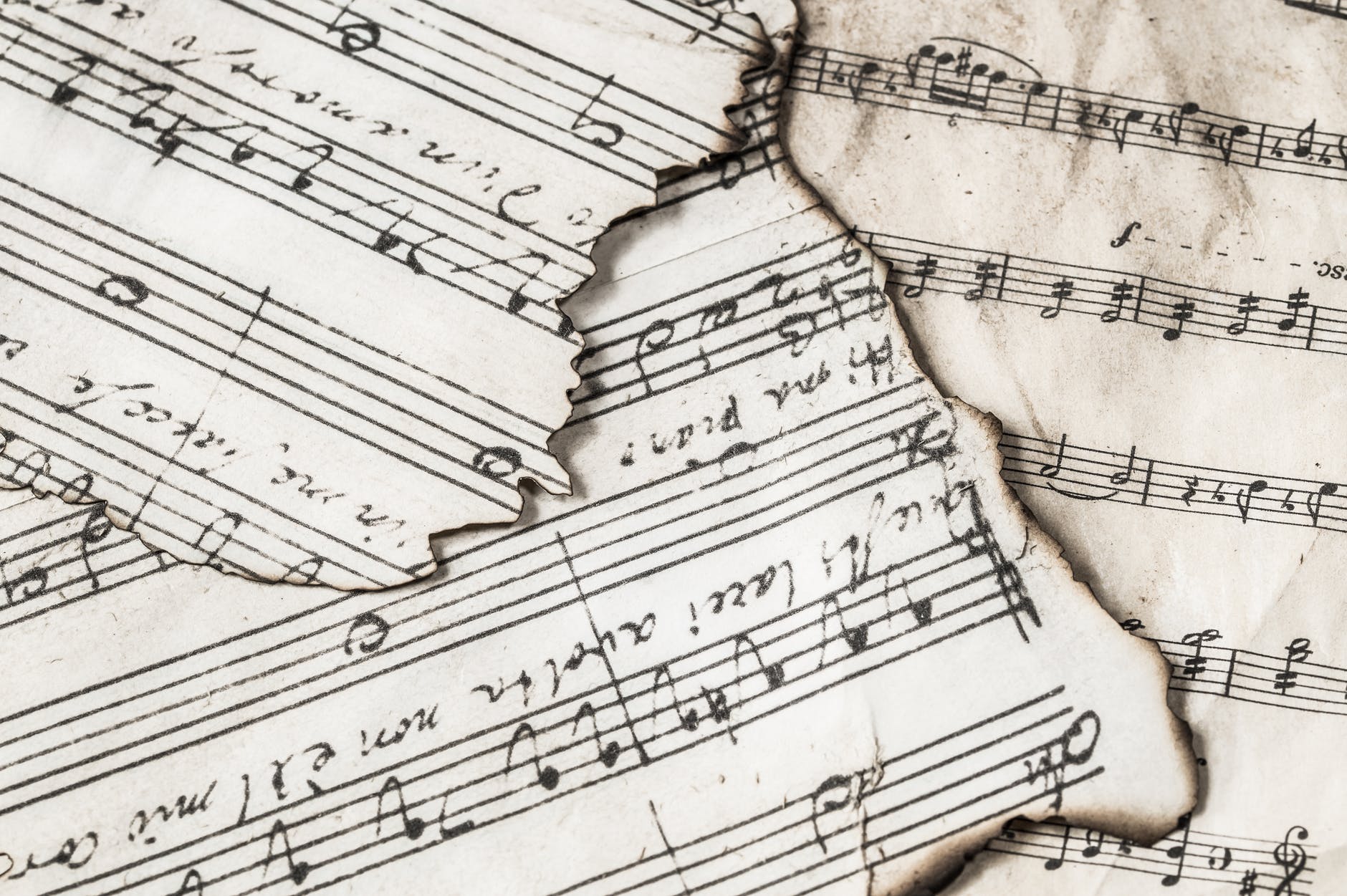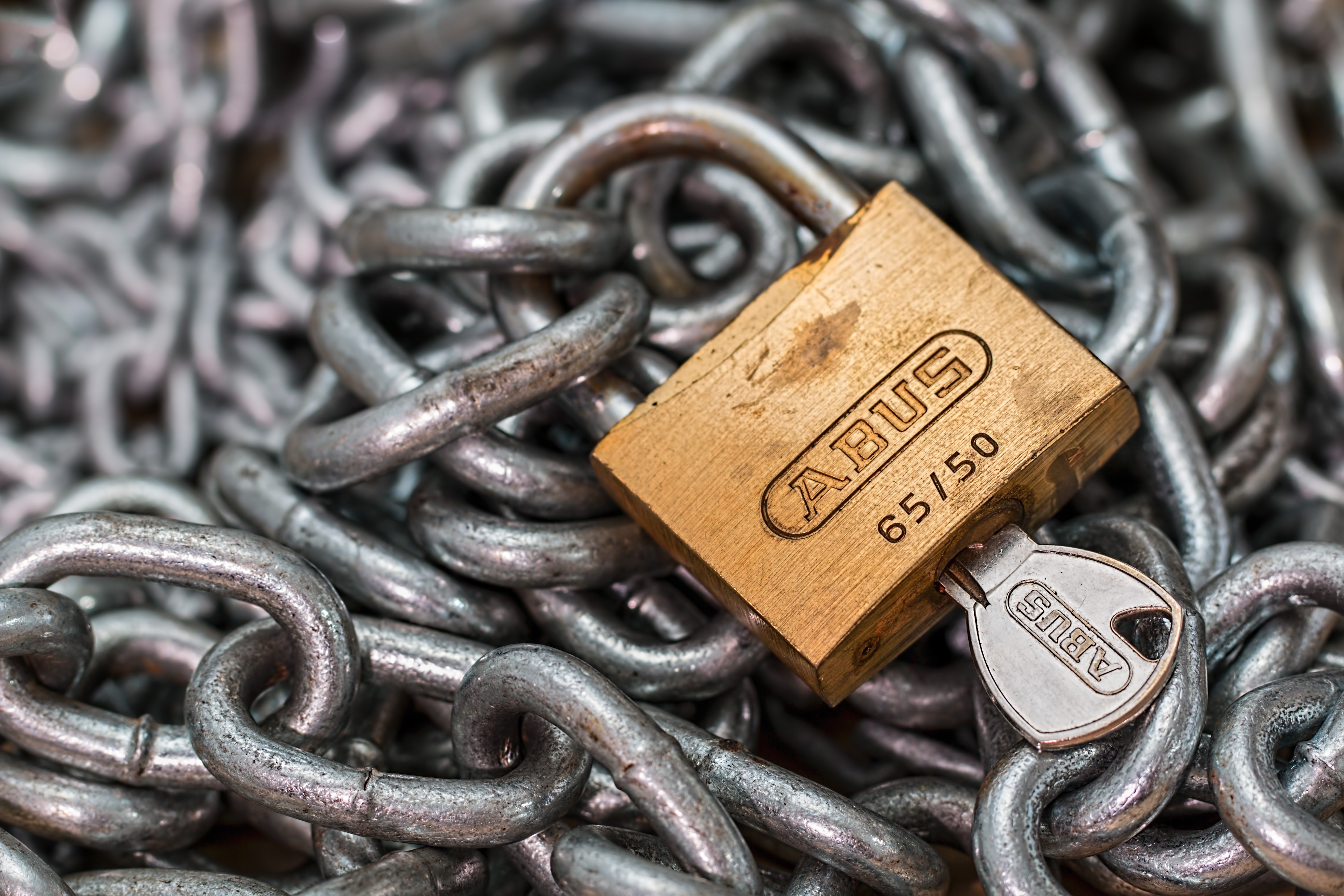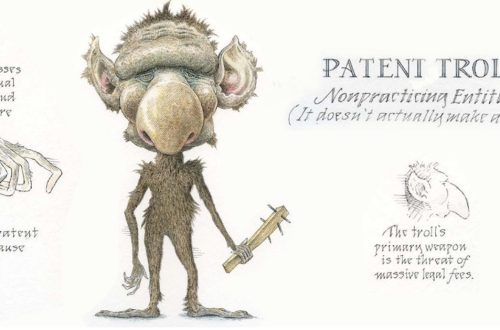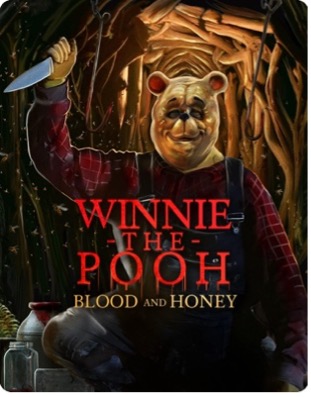By: Charles Klass
Pianist James Rhodes was shocked to see Facebook had muted the video uploaded to his fanpage of his nimble fingers tickling the ivories to Bach’s First Partita.[1]How could Sony claim the rights to his living room performance of a nearly 300-year-old composition?[2] His appeal to Sony was rejected as they claimed his video matched 47 seconds of music they owned.[3] Only after public outcry from his tens of thousands of fans drew the eyes of the media did Sony relent and allow the video to be released uncensored.[4] What was behind this digital takedown disaster? Only Sony truly knows, but some point the finger at copyright bots.[5]
The internet is now filled with digital Terminators hunting down whatever they are programmed to think is copyrighted material. Copyright bots are automated software programs that utilize audio and visual matching tools to compare uploaded content against a catalog of copyrighted content provided by the copyright owners.[6] Google was one of the pioneers launching YouTube’s Content ID Program in 2007.[7] Content ID, which has served as the model for other automated copyright filters, allows the copyright holder to either block, monetize, or track any material flagged as infringing.[8] YouTube spent more than $60,000,000 developing the Content ID system and the option of monetization has allowed copyright owners to generate billions in revenue from advertising on videos they claim.[9] Content owners claim this automated system capable of reviewing hours of material in a single second is essential for protecting their interests against the deluge of data uploaded ceaselessly around the globe.[10] By removing the human element from the digital takedown process copyright owners can speed the process along and profit from the works they own being used online.
However, like a science fiction tale, the machines can run amok. These bots aren’t perfect and often prioritize the interests of copyright holders to ridiculous extremes. In one example, a video was flagged because the birds singing in the background triggered an alert.[11] In another, a video of white noise static was flagged for five separate copyright violations.[12] An illegitimate accusation of infringement is more than a nuisance for uploaders, a copyright strike often risks an uploader’s ability to monetize their own content.[13] The bots are often undiscerning and illogical in censoring content, and uploaders are often powerless against the automated process. Harvard Law Professor Lawrence Lessig was able to score a victory claiming fair use when a record label’s automated process flagged his YouTube lecture for using a snippet of a song.[14] Yet, most uploaders don’t have the means to fight back against an automated removal, lacking the clout of Lessig or the devoted followership of James Rhodes. Though these automated systems are a core component of the digital copyright system, uploaders often find themselves under the thumb of a mechanical censor unyielding to reason or logic.
These bots may soon be on the verge of controlling an even greater swath of what we see online. Though bots were not contemplated by Congress when it enacted the Digital Millenium Copyright Act, they’ve become the cornerstone of protecting the interests of copyright owners online.[15] As the European Union’s new proposed Digital Copyright Directive illustrates, policymakers recognize the usefulness of these bots. The Article 13 amendment proposal would make content sharing services liable for copyright infringing work uploaded by users.[16] Placing the onus of catching infringing uploads on the content distributing website will mean a proliferation of these automated filters as sites must act to block offending content or incur a penalty. The European music industry has lent support to the measure calling it a needed change to ensure artists get their fair share of profits.[17] Tech giants like Google and Facebook stand opposed, fearing the law stifles users’ creative expression and income streams.[18] Left unsaid is the potentially enormous impact this new liability proposal could have on their own bottom lines. Smaller technology companies and start-ups oppose the amendment as well citing the heavy cost burden of either shouldering the liability for infringements or setting up a filter to prevent infringements.[19] This pitched battle between artists and tech innovators in Europe may be at the center of deciding the fate of the internet. If the proposed legislation is adopted, copyright bots will proliferate across this new digital landscape.
As automated copyright detection software continues to proliferate, it is not hard to imagine a future where an automated censor prevents a father from uploading a video of his daughter’s first steps because a copyrighted song was on the radio in the background. Restrictions on uploading, viewing, and sharing won’t be made by a person at all, but by a piece of software. These copyright bots are an important tool for protecting the interests of copyright owners, but they must be considered as just that, a tool, one only as useful as the human operator. In an age when so many of our precious memories and fondest experiences are stored and shared online, it is important that we don’t lose touch of the human element in discerning when there has been legitimate copyright infringement.
[1] James Rhodes (JamesRhodesPiano), Bach! From his 1st Partita, Facebook (Sep. 4, 2018), https://www.facebook.com/jamesrhodespiano/videos/232063150806956/?fb_dtsg_ag=AdxW9JV9Z5eBLcHPNClqxIJmuevKSNyhG-SwHruvItxSxw%3AAdy1f0RFF5mUptnn4tPCCltjiqXXkC3xoU2TCUoIN1358A.
[2] James Rhodes (@JRhodesPianist), Twitter (Sep. 10, 2018, 10:03 AM), https://twitter.com/JRhodesPianist/status/1039172935112638466.
[3] Id.
[4] Id.
[5] Sony Finally Admits It Doesn’t Own Bach and It Only Took a Bunch of Public Pressure, Elec. Frontier Found., https://www.eff.org/takedowns/sony-finally-admits-it-doesnt-own-bach-and-it-only-took-public-pressure (last visited Sep. 15, 2018).
[6] How Content ID Works, YouTube Help, https://support.google.com/youtube/answer/2797370?hl=en&ref_topic=2778544 (last visited Sep. 15, 2018).
[7] David King, Latest content ID tool for Youtube, Google Official Blog (Oct. 15, 2007), https://googleblog.blogspot.com/2007/10/latest-content-id-tool-for-youtube.html.
[8] Megan O’Neill, How YouTube Detects When You Upload Copyrighted Stuff… And Makes Money Off It!, Ad Week (Dec. 8, 2010), https://www.adweek.com/digital/youtube-make-money-off-your-videos/.
[9] Ben Popper, YouTube to the music industry: here’s the money, The Verge (Jul. 13, 2016), https://www.theverge.com/2016/7/13/12165194/youtube-content-id-2-billion-paid.
[10] Id.
[11] Nancy Messieh, A copyright claim on chirping birds highlights the flaws of YouTube’s automated system, The Next Web (Feb. 27, 2012), https://thenextweb.com/google/2012/02/27/a-copyright-claim-on-chirping-birds-highlights-the-flaws-of-youtubes-automated-system/.
[12] Ten Hours of Static Gets Five Copyright Notices, Elec. Frontier Found., https://www.eff.org/takedowns/ten-hours-static-gets-five-copyright-notices (last visited Sep. 15, 2018).
[13] Copyright strike basics, YouTube Help, https://support.google.com/youtube/answer/2814000?hl=en (last visited Sep. 15, 2018).
[14] Lawrence Lessig Settles Fair Use Lawsuit Over Phoenix Music Snippets, Elec. Frontier Found. (Feb. 27, 2014), https://www.eff.org/press/releases/lawrence-lessig-settles-fair-use-lawsuit-over-phoenix-music-snippets.
[15] Recording Indus. Ass’n of Am. v. Verizon Internet Servs. (In re Verizon Internet Servs.), 240 F. Supp. 2d 24,40 (D.D.C. 2003).
[16] Ryan Browne, Europe is voting on a controversial law that could force Google, Facebook to block copyrighted content, CNBC (Sep. 12, 2018), https://www.cnbc.com/2018/09/12/article-13-eu-parliament-votes-on-digital-copyright-law.html.
[17] Id.
[18] Id.
[19] Id.




